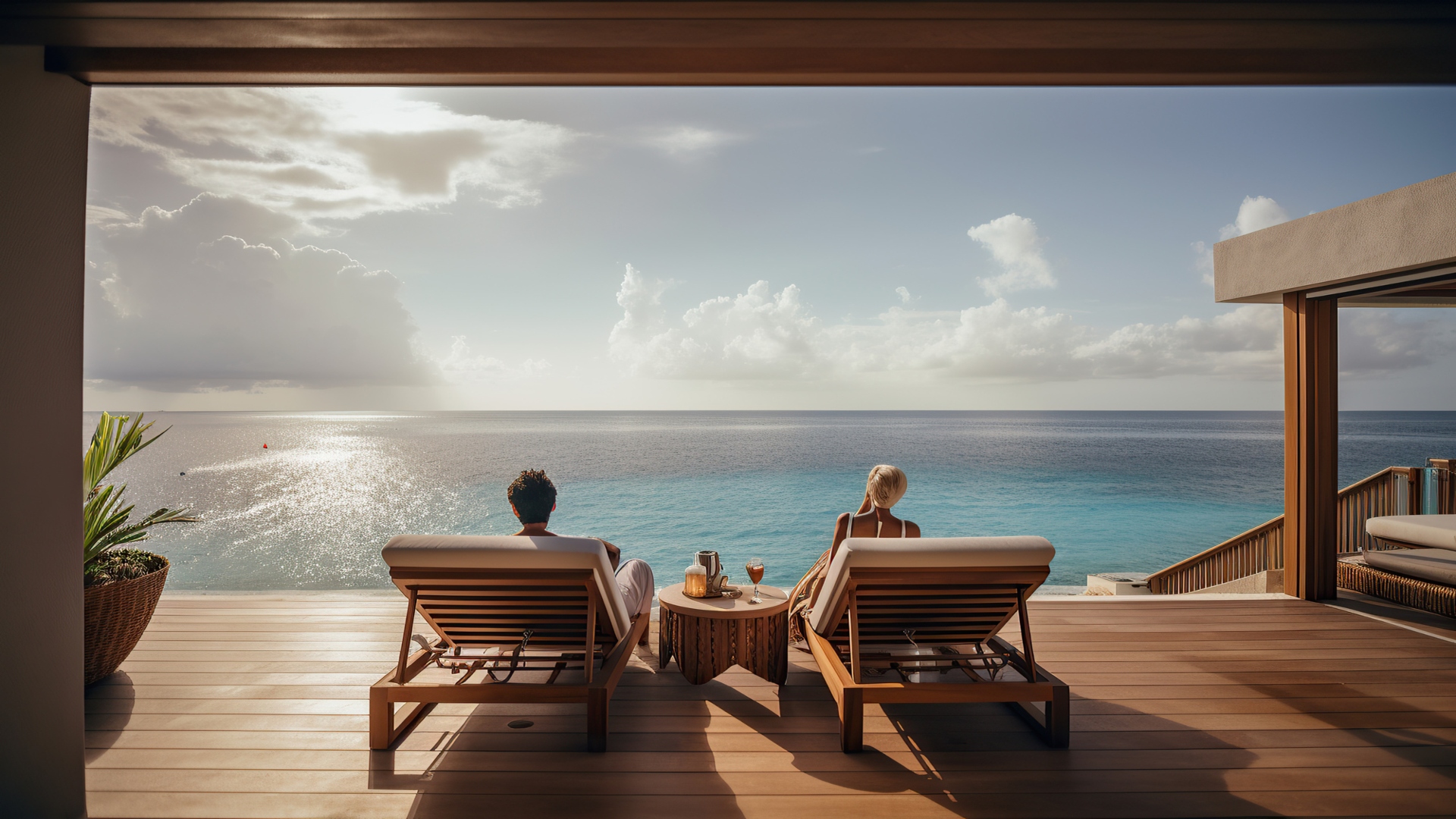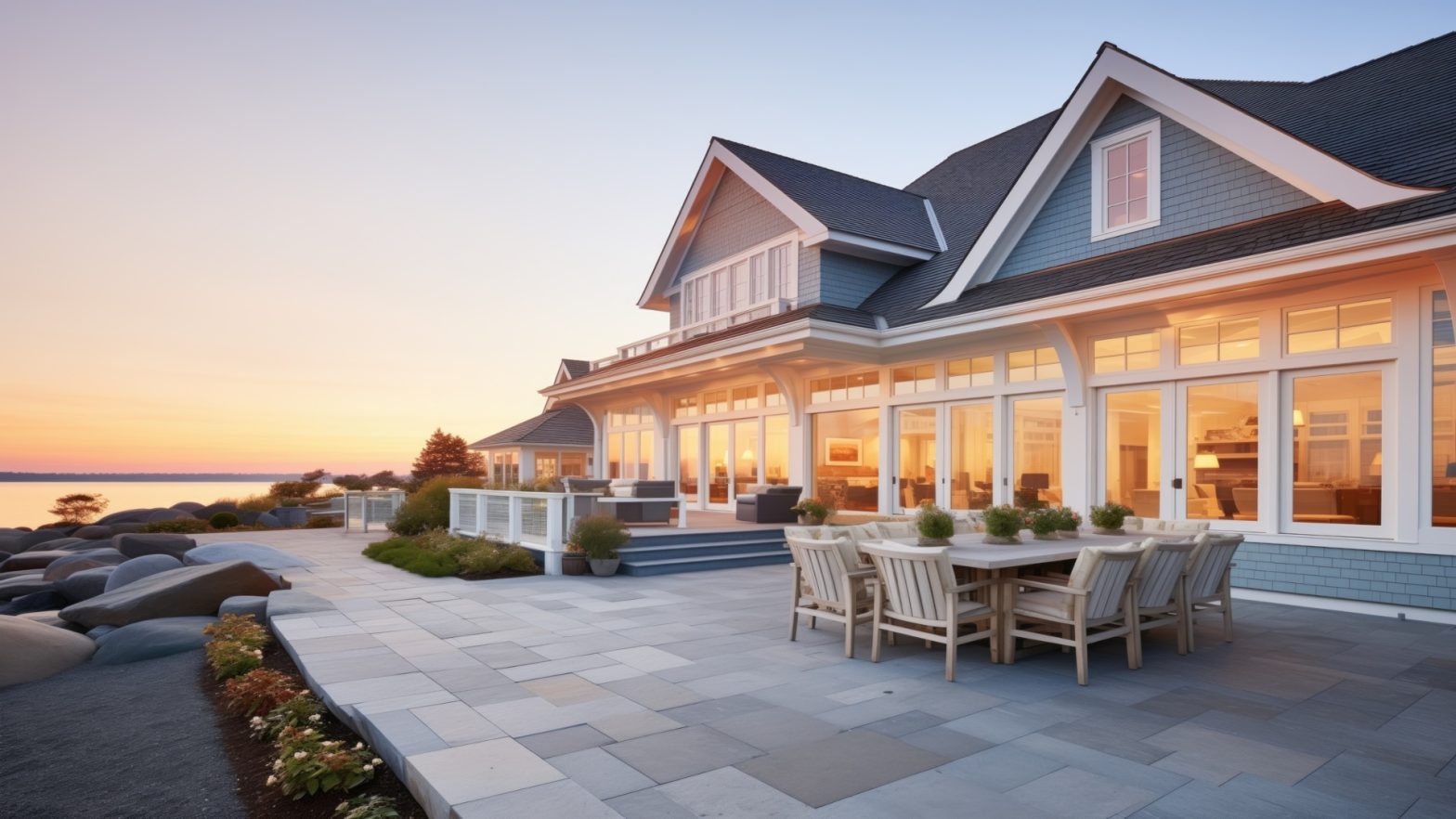The allure of ocean waves, sandy beaches, and sun-soaked shores makes the idea of a coastal home a cherished dream for many. Living by the sea provides stunning views, serene cos, and a connection to nature. Also, the coastal lifestyle is rich in activities such as swimming, surfing, and boating, offering unique recreational opportunities.
Besides these, living near the ocean also boasts health benefits, including improved mental and physical well-being. These benefits are also likely why coastal living is especially attractive to retirees seeking a tranquil and scenic environment for their retirement years.
Building a home by the sea, however, isn’t just about the enchanting views or the tranquil lifestyle. It involves careful planning, understanding the unique challenges of coastal construction, and making the most of your surroundings.
This guide aims to walk you through the process of building your dream coastal home. Read on to learn more!
1. Understand the environment
Before you begin, it’s crucial to understand the coastal environment. Coastal areas can be prone to harsh weather conditions, including high winds, saltwater corrosion, and flooding. It’s essential to conduct a thorough analysis of the local climate and geography. This will influence your choice of materials, the design of your home, and even the landscaping. Using materials that are resistant to rust and corrosion and designing for wind resistance can go a long way in ensuring the longevity of your beach property.
2. Choose the right location
The location of your coastal home significantly impacts not just the view, but also its sustainability. Look for areas that are less prone to erosion and flooding. Understanding local zoning laws and building codes is also essential, as these can vary significantly in coastal regions. Some areas might have restrictions on how close to the shore you can build or specific requirements for the home’s elevation.
3. Incorporate sustainable design
Sustainable home designs for coastal properties integrate eco-friendly practices with the unique demands of a coastal environment. For instance, elevated homes on stilts or pilings protect against flooding while minimizing environmental impact, and the inclusion of solar panels capitalizes on the abundant sunlight typical of coastal regions for energy generation.
Green roofs and living walls offer insulation and support local ecosystems, aiding in stormwater management. Additionally, rainwater harvesting systems in these homes provide an efficient method for water conservation, essential in coastal areas.
Passive solar design, energy-efficient windows, and effective insulation are key in maintaining indoor temperatures, reducing the need for artificial heating and cooling in coastal homes. Natural ventilation is encouraged through strategic architectural planning, promoting air flow and reducing reliance on air conditioning. Lastly, the use of low-impact building materials, smart home technologies, and water-efficient fixtures further contribute to the sustainability and resilience of coastal homes.
4. Familiarize yourself with the neighbourhood
Besides the coastal property, one of the highlights of living near the beach is access to a neighborhood where you can find water activities, sports, local cuisine, culture, and a sense of community amongst people who lead a similar lifestyle.
For this reason, it’s only wise to familiarize yourself with the neighborhood. Take Sandbridge, for example.
In the heart of Virginia’s coastal beauty lies Sandbridge, a picturesque neighborhood in Virginia Beach, known for its serene beaches and charming community. This area is perfect for those looking to build a coastal home away from the hustle of city life.
Sandbridge offers a harmonious blend of natural beauty with modern amenities, making it an ideal location for your dream seaside residence. The neighborhood is known for its family-friendly atmosphere, offering a peaceful retreat with all the conveniences of nearby Virginia Beach.
Find out more through the Sandbridge, Virginia Beach Neighborhood Guide and visualize that coastal lifestyle of your dreams!
5. Choosing the right builder and architect
Selecting a builder and architect experienced in coastal construction is crucial. They should be familiar with the best practices for building in a marine environment and understand local building codes and regulations. Look for professionals with a portfolio of coastal homes and check their references thoroughly.
6. Designing for comfort and style
While the durability of your home is crucial, so is its comfort and aesthetic appeal. Consider large windows and outdoor spaces to take advantage of the views. Open floor plans, covered porches, and elevated decks are popular in coastal homes. Inside, opt for a design that reflects the tranquillity of your surroundings, using colours and textures that complement the beach setting.
7. Preparing for the future
Building a coastal home also means preparing for the long term, including potential climate change impacts. Consider investing in features that will protect your home from rising sea levels and increased storm frequency or intensity. This might include elevated structures, reinforced foundations, and storm-resistant windows and doors.
Conclusion
Building your dream coastal home in a place like Sandbridge is an exciting journey. It requires a blend of careful planning, understanding the unique challenges of coastal environments, and a deep appreciation for the natural beauty that surrounds your future home. With the right approach, you can create a sustainable, beautiful, and lasting seaside retreat that you and your family will cherish for years to come.


































